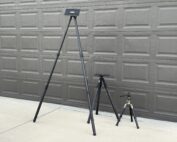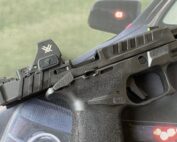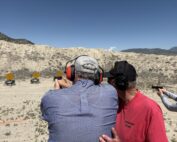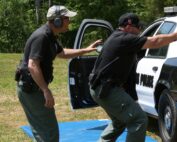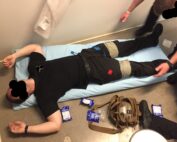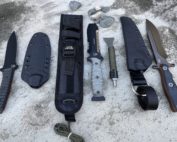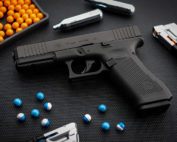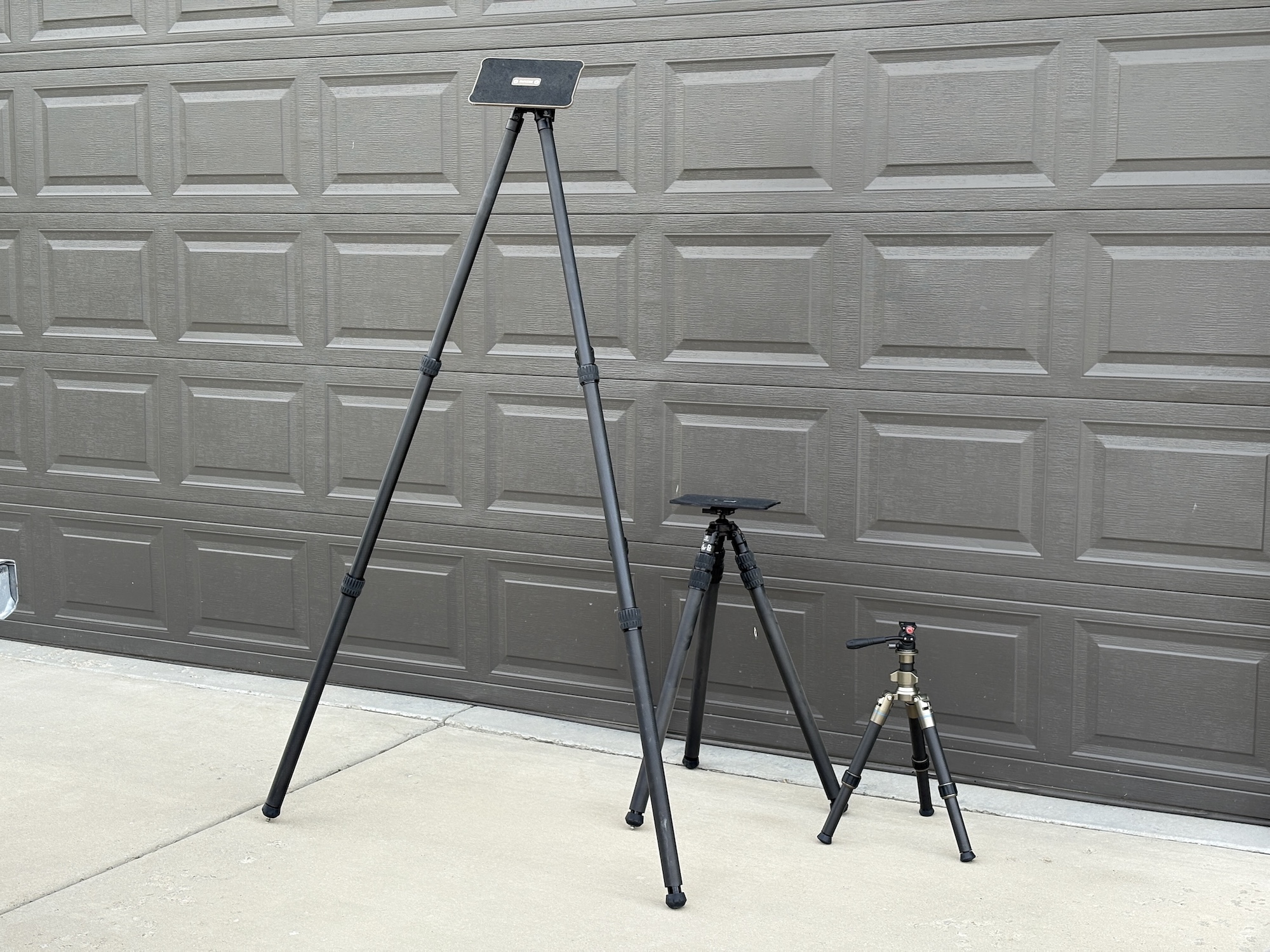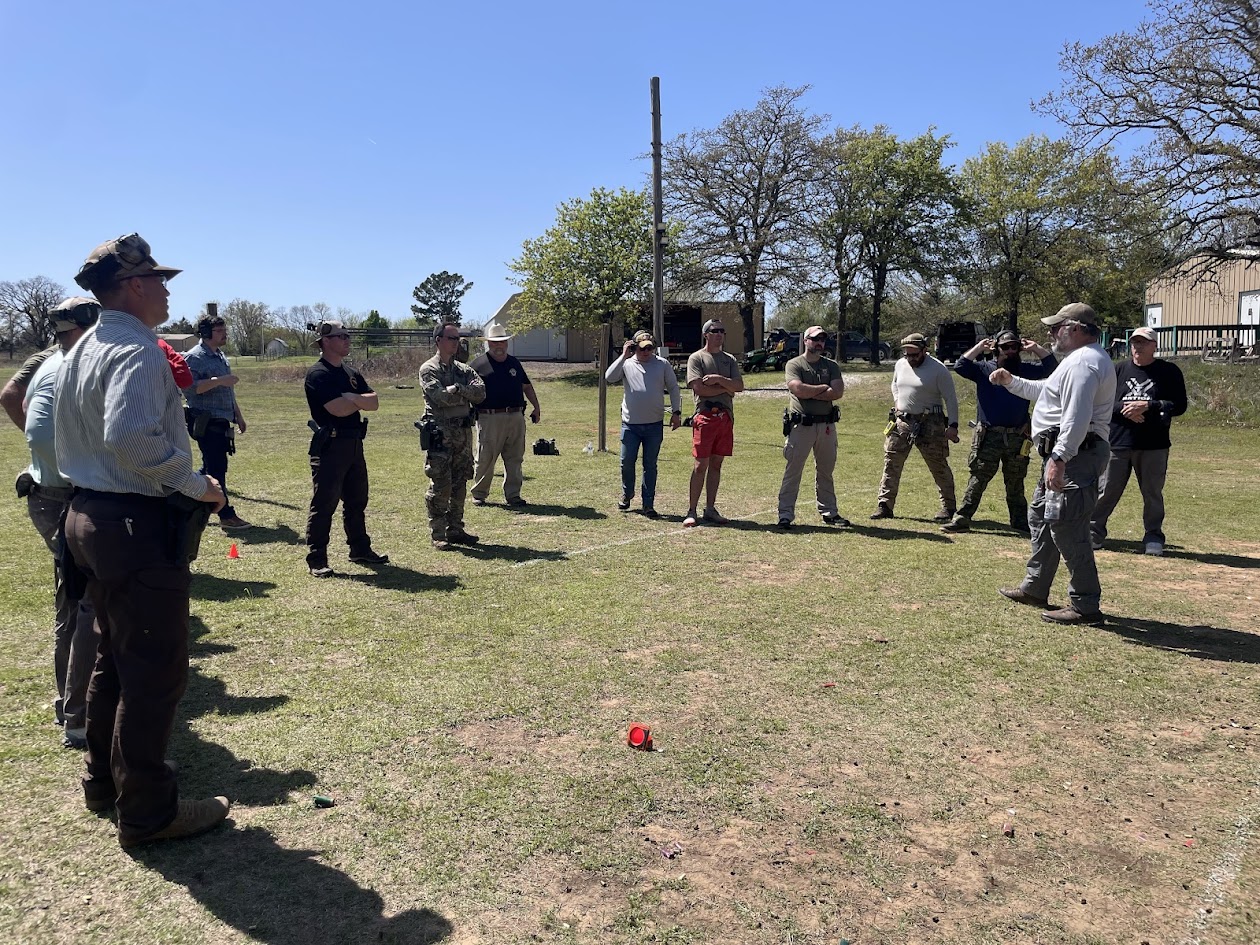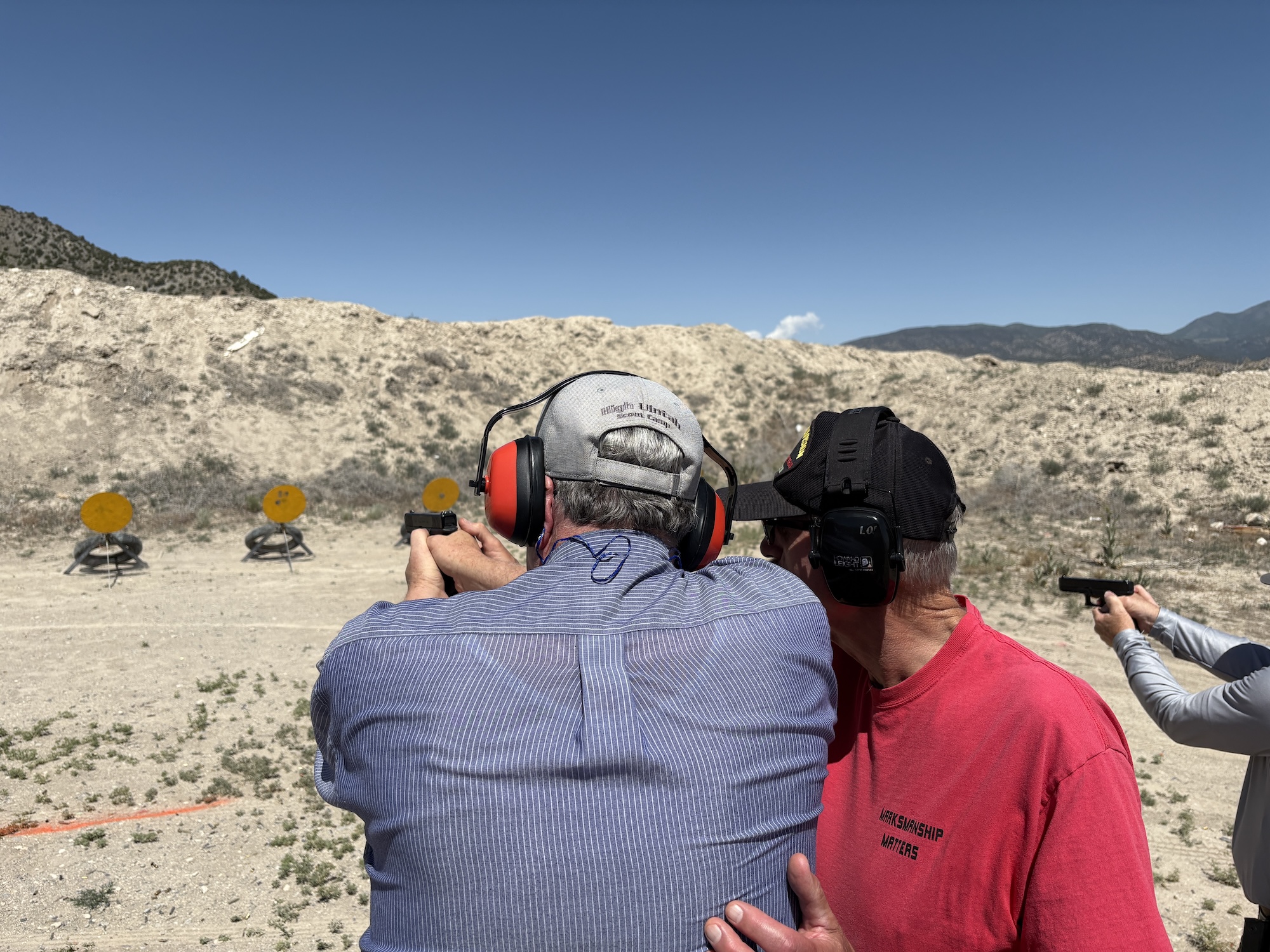
vectorstock_20533289
Vectorstock.com
Over the past few (several?) years, the firearms training community has seen an influx of new and non-traditional students. These students are often new gun owners with minimal prior exposure to firearms.
One frequent issue that I and others have repeatedly seen is unintentional lapses in awareness when handling firearms. I have seen a much higher frequency of these instances over the past three and a half years than I saw previously teaching.
None of the following examples happened at just one location. And I was not the only one to see them. Conversations with a few other instructors confirmed what I’ve seen or been told about.
Bobbled Mags
One frequently seen issue is with bobbled magazines during reloads, regardless of the magazine’s size. While there is nothing new about that, what is new is the frequency with which shooters want to follow the magazine down to the ground – to recover it. It is one thing if you are on the range by yourself; it is something completely different when it happens on a full shooting line. It is not difficult for the shooter’s head to inadvertently end up in line with another’s muzzle. While Rule #2 is designed to address a shooter’s muzzle discipline, please avoid creating a violation of it by putting yourself out in front of someone’s muzzle.

Dropping magazines or other items is common, but there is zero reason to reach for them when others have their handguns out. Those other guns were cleared.
For reference, here’s Rule #2 – Never let your muzzle cover anything you are not willing to destroy.
Loaded or Not?

This is great if it is supposed to be unloaded. But it is not so good if it is supposed to be loaded.
Another is difficulty with following directions specific to an event. During an alumni event, shooters were instructed that when they stepped off the firing line, their handgun needed to stay in the condition it was in. In other words, no admin loading or unholstering for a more traditional reload. One had walked off the line with a chambered round but no magazine in the gun. Over the next few minutes, he was told several times that he could not administratively reload the pistol. He would acknowledge those admonitions and, within seconds, begin to do just that.
Drawing?

Keep the pistol in the holster, especially when others are walking uprange, towards you. That’s a Ring’s Blue Gun.
Recently, I encountered another – fortunately – rare example of this: drawing with other shooters down range. A group of shooters were engaging in competition. This particular event saw them shooting two targets from increasing distances. Several shooters were on the firing line each time. In the case I’m thinking of, one of the shooters had made it back to the 25-yard line. He had one shooter to his left, and the rest of the relay was still walking toward the 25-yard line he was standing on. Without any direction or even conversation, the shooter drew his handgun and was in the process of rotating the muzzle from vertical to horizontal and down range – toward the other shooters. A loud “STOP, HOLSTER!” command ended the issue. While the individual understood the problem and its seriousness, he could not explain why it had happened – and that really concerns me.
Work Arounds
Working one’s body around the gun while keeping the muzzle oriented downrange has been a thing for quite a while now. Unfortunately, the numbers of those who work the gun around themselves and inadvertently muzzle everyone on their off side seem to be increasing.

No one wants to see your muzzle. Keep it pointed downrange and work your body around it. At least that shooter is using a blue gun.
This can be mitigated by keeping your muzzle pointed downrange and working your body to the off-side before manipulating it.
Trigger Finger
The trigger finger’s non-shooting position should not be debated, yet it seems this one is not well applied. I have reworded Rule #3, stating it as “Keep your finger up on the frame/slide interface until you have decided to shoot, and your sights are on the target.” While Rule #3 is the most recent of the Cooper/Gunsite safety rules, it has been called the Golden Rule for a few decades.
Again, rather than intentional violations, I regularly see inadvertent ones. The most recent one I am aware of involved a student whose finger was on the trigger while conducting a reload—during low light in a shoot house. The student had a negligent discharge. Aside from his pride, we were all fortunate that the only thing injured was a concrete cinder block wall.
The student had been given multiple interactive safety briefs that included Roger Enoka’s research on why negligent discharges occur. This included inter-limb interaction, loss of balance, and startle responses, not to mention trigger checking.
Final Thoughts

During the photo shoot, this student asked us to add bending over with a handgun pointing back behind you as another Don’t Do It.
In all the instances, there had been numerous safety briefings. The shooters had heard the 4 Safety Rules multiple times. They had been queried about those rules. And yet, when handling loaded firearms, some had noticeable difficulty with applying them to the situation(s) they were in.
Regardless of your role – instructor, student, or shooter – stay focused on what’s happening. Part of that includes staying hydrated and getting the rest you need. If you are not sure what the directions are, ask!


 (+5 rating, 7 votes)
(+5 rating, 7 votes)